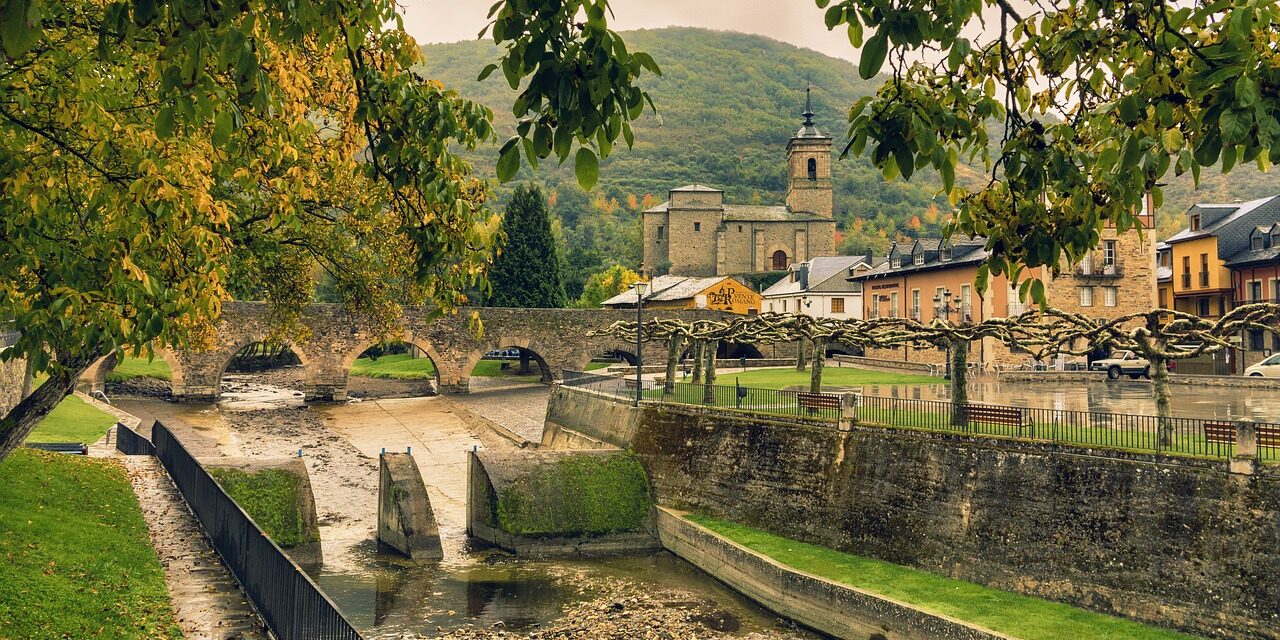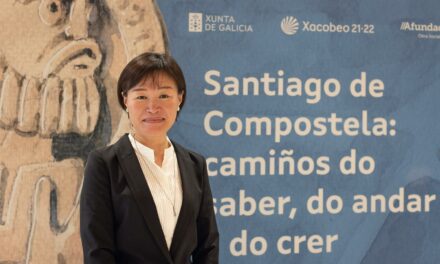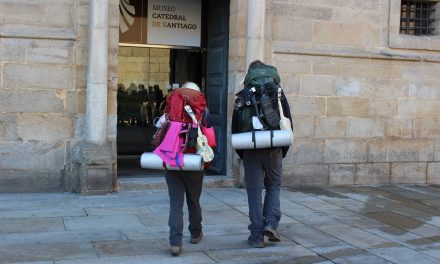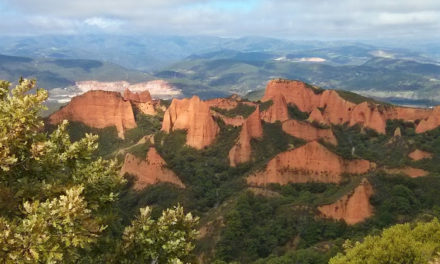Molinaseca is one of the most popular and beautiful villages on the Camino de Santiago. Located in the Bierzo (León), 6 kilometers from Ponferrada, the pilgrim reaches it after crossing the stage of the French Way that crosses part of Rabanal.
The pilgrim arrives at Molinaseca passing by the Sanctuary of the Anguish and then crossing the Meruelo River by its great medieval bridge. Then he will find himself in a villa of stone, wood and slate buildings – very similar to the Galician ones – that constitutes an historical setting that is in perfect harmony with the natural environment. The houses, churches and monuments seem to emerge from the landscape. In many of these buildings, the pilgrim can still see coats of arms and stones that bear witness to their importance in the past, an importance linked to two elements: the bridge over the Maruelo river and the Señorío de Molinaseca.
Like so many towns that grew up around the Roman roads and medieval roads, Molinaseca would have arisen around the Maruelo river, also known as the “Bridge of the Pilgrims”. The importance of the bridges in other centuries was enormous, since sometimes for dozens of kilometers there were no other paths which allowed the pilgrims, travelers and traders to continue on their way.
The bridge of Molinaseca is probably of Roman origin, but its current structure dates above all from the medieval Romanesque period and then there are some later additions, mainly from the XVIII and XX centuries. The seven arches or eyes that are preserved are the fruit of the medieval construction, being the first three those that seem to have suffered less later modifications. Another interesting and very visible aspect of the bridge, is the variation of its width, which goes from just over 2 meters at its beginning to almost 4 at its other end, at the entrance of the hamlet.
As for the titled ownership of Molinaseca, this was created in the time of Alfonso VI; its first lord being Count Ramiro Froilaz, nephew of El Cid Campeador. From that moment on, the construction of noble and emblazoned houses -of which there are still traces on Calle Real- and the endowment of the first hermitages and chapels of the town, would begin. For example, in the 11th century, the hermitages of Our Lady of Sorrows and that of San Roque were already documented. Probably, it is also from those times that the current Shrine of the Anguishes, which rises to the right of the Camino de Santiago, owes its origins.
Next to the bridge, the great monument of Molinaseca is its baroque church dedicated to San Nicolás de Bari. The church was built in the second half of the seventeenth century and is located on a hill overlooking the town, with its beautiful bell tower. In the tower a great clock is still preserved that, in former times, was justly celebrated in the town.
We also know that there were hospitals for pilgrims, among them is documented the foundation of one in 1512 by the prelate D. Sancho de Acebes, a hospital that still existed in the mid-nineteenth century. Another possible hospital would be the one known as “Casa de Molina”, whose existence was first reported 1188 and which belonged to the church of Astorga.
And regarding the present … In a few places the current revitalization of pilgrimages has left its mark: the town is full of “albergues”, hostels, restaurants and cafes, and all of them respecting the criteria of harmonizing with their surroundings.











